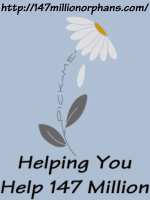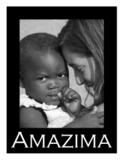I am encapsulated in the Culture of South Korea. They have some really cool customs and beliefs. One central theme or thread that runs deep throughout their culture is - family. Something that I hold near and dear to my heart is family. We live within 20 miles of both of our parents, and we love it. Our kids get to have an awesome relationship with their Nanny and Poppy and Grandma and Papa. My parents are the "y's" and Chad's parents are the "a's." Another thing is that Chad and I can get away anytime, all we have to do is make a phone call and both are more than willing to babysit. Huge Blessing. It helps give me and the boys a break from each other, especially during the school year. (what was this post about?, oh yeah)
In our little bag of goodies, that we will get with our baby girl, will be a Hanbok , given by her Foster Mother. Her little Hanbok will be worn at her Tol, which is her first birthday celebration. This is the traditional dress (apparel) worn on special occasions or holidays. South Koreans also wear their Hanbok's when visiting older relatives, like grandparents, as a sign of respect.
 This is a little girl, who is absolutely aborable I might add, in her Hanbok.
This is a little girl, who is absolutely aborable I might add, in her Hanbok.

I have heard, through other blogs and adoption groups, that the first 100 days of a child's life is a very significant milestone in Korean culture. I finally found out why this is true. Many, many years ago, the lack of medical information and the proliferation of disease caused the death rates of infants to be extremely high. When a child was born, only family members could see the child. Then when the child lived through those 100 days, the family, along with friends and neighbors would hold a celebration called baek-il. Eventhough South Korea now has state-of-the-art medical, just like we do, the first 100 days of a child's life is still celebrated. Sadly, we won't get to celebrate our daughter's baek-il with her, but we will have much, much more.
Let's see, what else . . .
Oh! At first, the Korean people didn't have their own written language. They used Chinese characters to write down their thoughts. In the 1400's King Sejong, who was considered the most enlightened ruler in Korean history, had language experts create an alphabet that we now know as Hangul, the official language of Korea. Hangul first had 24 characters but now has 28.
Dancing is one of South Korea's most popular art forms. Ritual, Folk and Court Dances are the three main kinds of traditional dancing. The Farmer's Dance is the favorite of the Folk Dances. It reminds the S. Koreans how important farming has been for their country's history.
There is so much more to share, and I am so excited to share it all with our little girl. It would be more perfect if we were to travel and experience it all first-hand. We are still leaving it all up to God, to His perfect timing and protection.












No comments:
Post a Comment